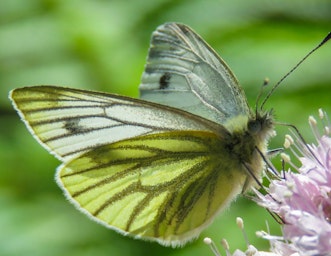
The Edible Forest Garden
A forest garden takes as its model the most wonderfully healthy and productive organic system in Britain – the deciduous woodland. It consists of trees and shrubs, with bushes below and a ground layer of perennial or self-seeding plants below these. The clever bit is that all of the plants in the forest garden are edible, or useful in another way.
Written for CAT by Chloe Ward.
What is a forest garden?
Robert A de J Hart (1913-2000) created the first British forest garden at Wenlock Edge, Shropshire. Inspired by a need for more trees, as well as a desire to produce healthy food, he envisaged a time in the future when thousands of forest gardens in towns and cities would together make up great urban forests. His own garden was a beautiful example of what can be achieved. On about an eighth of an acre many different food producing trees rose above masses of fruit bushes and herbs. With over 70 species in all, these plants provided much of Robert’s food for over seven months of the year.
How does it work?
A forest garden is planted in such a way that the plants benefit each other as they would in a natural woodland. For example, a shade loving herb grows under a fruit tree where it thrives in the cooler soil. A climber uses a tree trunk for support. Ground covering plants prevent moisture loss from the soil and stop weeds taking hold. Nitrogen fixing plants increase fertility by taking nitrogen from the air and making it available in the soil for other plants to use.
With plants growing above and below each other, it is the most three dimensional garden you can have. Of the lower growing plants, shade lovers are well suited to forest gardening, but sun lovers can be grown where there are breaks in the canopy. With all these plants growing so close together and so sharing resources, some crops may be less productive than if they were mollycoddled in their own special area. However, because different plants are growing above and below each other, the production can be greater than in a conventional garden of the same size.
The approach to plant health relies on sound organic principals. Plants are chosen for their disease resistance and interplanted so that pests don’t find them easily. Predators can control pest infestations because a good ecological balance is being maintained.
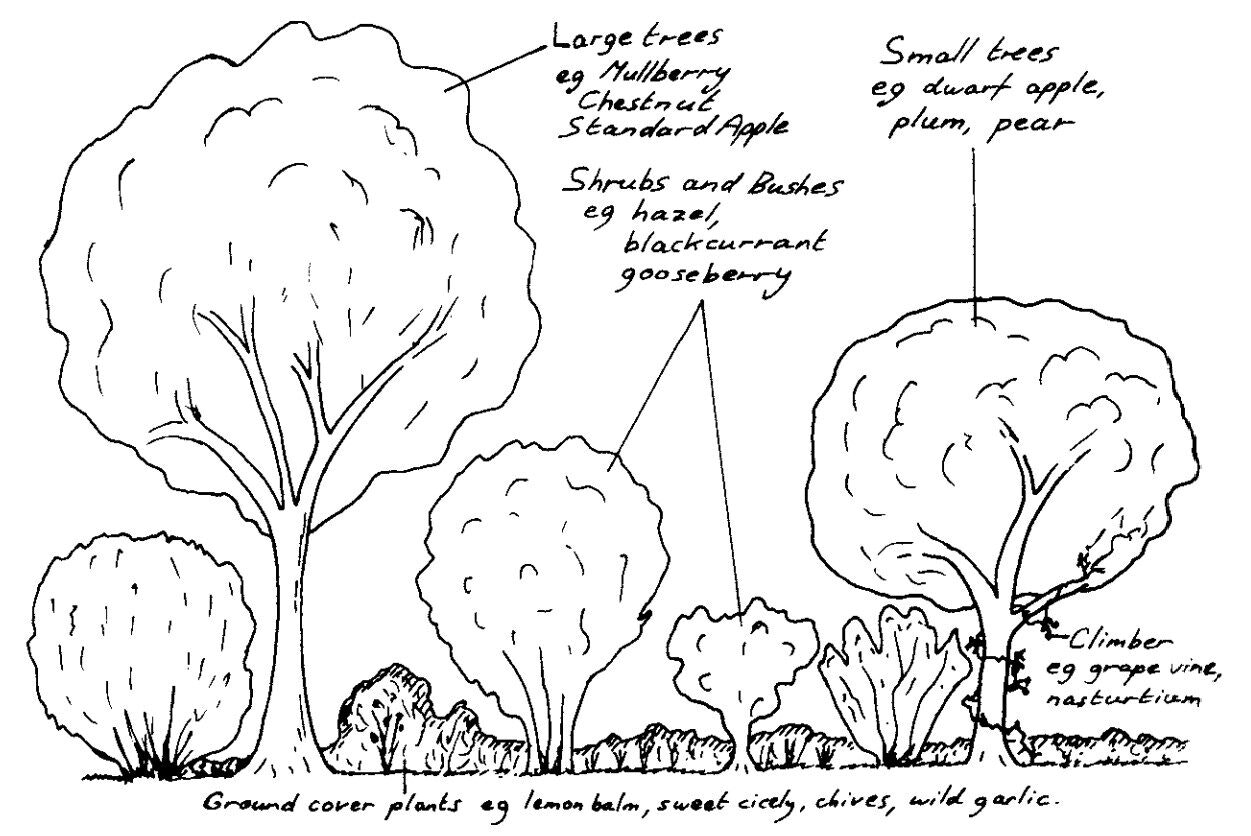
What does it grow?
Forest gardens are well known for containing weird and wonderful plants. Many ornamentals have edible parts – such as the herbaceous yellow asphodel (asphodolene lutea), which bears beautifully sweet tasting spring flowers. The Autumn Olive (Elaeagnus umbellate) is a vigorous shrub with tasty red berries. Nasturtiums are now commonly grown for their peppery leaves and flowers, and make a rampant and colourful ground cover.
Native plants thrive because they are supposed to be here, and the wildlife in your garden will appreciate them. Wild garlic is a wonderful shade loving ground cover with white flowers in spring and mild garlic flavoured leaves. The elder tree gives us white flowers with which you can make elderflower champagne and later, berries for wine.
Nut trees can be very productive if you are careful to buy a good variety. If you share your garden with squirrels then chestnuts (for example Belle Epine) are a good bet. The spiny shells mean you have a chance of getting the nuts before they do.
Mushrooms are a great crop for growing in the shade of trees. You can grow several different varieties on logs using spawn bought from mail order suppliers.
Don’t forget traditional fruit and veg, as many can thrive in a forest garden. Apples and pears are perfect canopy plants, while gooseberries and red currants grow well in partial shade. You can grow autumn raspberries in clumps without the need for training on wires. In sunny spots around the garden you can grow annual veg – leeks, broccoli, potatoes, broad beans and more.
Is it all edible?
A forest garden is not just for food. You can grow medicinal herbs, flowers for cutting and even garden twine – with the String Plant (Phormium tenax). This large strappy plant is now well known from TV makeovers, but what they never tell you is that the leaves make a fine garden twine when ripped into strips.
Nitrogen fixers will help build your fertility. They include large shrubs, such as Sea Buckthorn (Hippophae rhamnoides), down to ground covers, such as white clover (Trifolium repens). Comfrey (Symphytum officinale) has deep tap roots which bring nutrients up from the sub soil. You can cut the leaves several times a year and use them directly on the soil as a mulch.
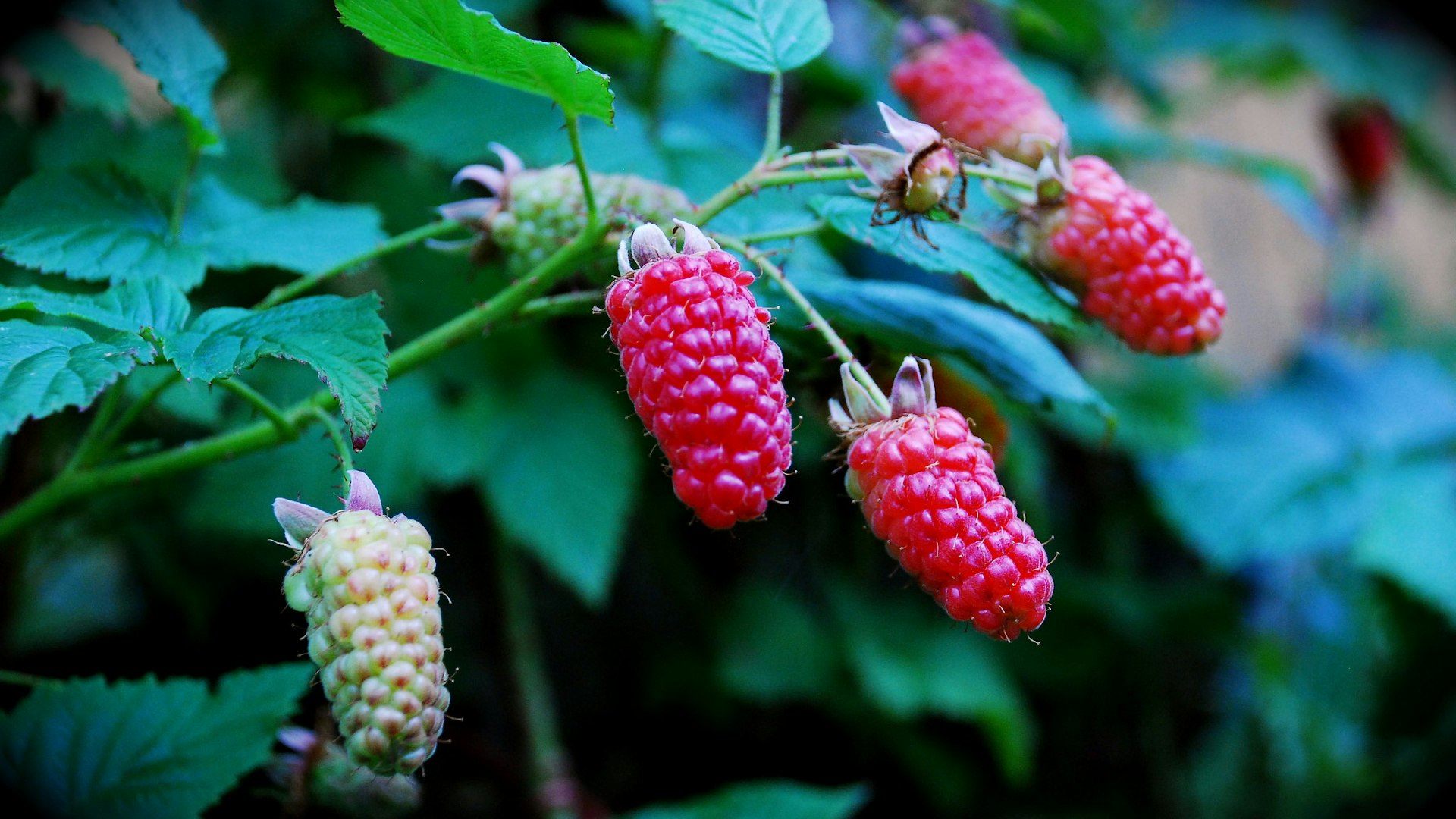
Will it be messy?
It will be as messy as you are! Forest gardens tend to suit a relaxed, care-free style. They are ever changing, with self-seeding plants creating new shapes and creepers naturally filling in gaps. But you can control it if you wish. If you want to prune your fruit trees into goblet shapes – why not? And you can plan your garden with colour schemes in mind, just like a herbaceous border. The structural parts can be anything from woodchip paths and logs to sit on, to neatly laid brick paths and formal benches. It really is up to your own taste.
Is it right for me?
A forest garden is for those who like to plan carefully and then observe and wonder. Initially it requires careful design, but once established the attention it needs is little and often. After the planting it will rarely require any digging. It doesn’t demand the constant sowing, planting, hoeing, weeding, or watering that a vegetable patch does. It’s therefore ideal if you like to think, but are short of time or not up to heavy physical work.
Is it right for my land?
You can make a forest garden practically anywhere. It’s great if you have fertile ground in full sun, but ‘poorer’ land can make a good site too. The no dig approach, mulching and ground cover overcomes many problems. It conserves water on dry ground, prevents soil erosion on slopes and windy sites, and preserves a healthy soil structure on very heavy or light soils.
You and your garden will benefit more, the more you interact together – so try to make it somewhere that you can go every day. Remember that the most fertile land is that closest to the kitchen window.
How do I get started?
Plan and plant very carefully – because success really does depend on these initial stages. Study your site intimately, so you know its soil structure, pH, windy spots and frost pockets. Observe the land over an entire year. Think carefully before removing any trees or shrubs – could they be incorporated into the garden?
Choose your plants so they will interact well. For example: hoverfly attractors under fruit bushes, shade lovers in the shade, nitrogen fixers next to more demanding plants. Imagine the garden after one year, two, five, ten, twenty. Make sure it all fits by drawing your plan either on paper to scale, or directly on the ground using rope.
Prepare the site thoroughly. Dig out weeds, or kill them off by laying a sheet mulch (cardboard or black plastic) over the ground. This usually takes about a year. If your soil structure is poor it may be useful to incorporate an organic soil improver before you plant.
A forest garden should be is a fun garden – ripe for exploration or relaxation. It will benefit from playthings like tree houses & dens, and features like ponds, barbecues and seats.

What is good practice?
- Read up – arm yourself with knowledge and if possible go on a course.
- Plant what you like to eat in the quantities you like to eat it. Taste before planting, especially some of the more unusual plants.
- Select for disease resistance, especially when choosing fruit.
- Find out if fruit plants need a pollinator and make sure one is nearby.
- Plan for the whole year. Make sure you’ll have plenty to harvest at all times.
- Enjoy your garden, visit it often, observe and learn.
What are the classic mistakes to avoid?
- Making it bigger than you can manage – you can always extend it as you learn more about the techniques.
- Planting something just because you’ve got it or have been given it. Don’t give valuable space to something you don’t like the taste of or that won’t fruit.
- Planting trees or bushes too close together. Think about how big they’ll be in 10 or 20 years – not 3 or 4.
- Don’t leave any small part of any perennial weed root in the soil before planting. If you leave a bit of couch grass or bindweed in under a shrub, you’ll never get it out!
How do I look after it?
Although forest gardens are low maintenance they do need looking after. When newly planted there will be lots of gaps until the ground covers take hold. Fill these with annual plants, sow green manures or mulch with cardboard covered with a layer of grass clippings or comfrey leaves.
It’s vital not to let perennial weeds establish, so keep an eye out for any invading and remove immediately. You can be relaxed about annual weeds – you can eat chickweed and bittercress, as they taste quite nice. Don’t let them seed unless you want lots more though.
Fertilise with a mulch of homemade compost in early spring. You can cut comfrey leaves and mulch with them throughout the year.
Pruning controls the size of your fruit crops, but it’s not essential. You may opt to leave some fruit unpruned and accept whatever the plants give you. It’s more important to check on the health of your plants, for example cutting out canker if necessary.
Harvesting is pretty much as and when you want it. You can pick salads every day. Fruit will come a bit more in gluts, and so can be stored or processed as you desire.
Contacts
- The Agroforestry Research Trust is a charity that researches and educates about agroforestry techniques, including forest gardens.
- Plants For A Future is a charity researching and promoting ecologically sustainable horticulture, including forest gardening.
Chloe’s Recommended Reading
- Forest Gardening (Robert A de J Hart, Green Books) – The first forest gardening book, about the first garden.
- Beyond the Forest Garden (Robert A de J Hart, Gaia Books) – Robert’s spiritual outlook in relation to forest gardening.
- How to Make a Forest Garden (Patrick Whitefield, Permanent Publications) – A complete how to guide.
- Plants for a Future (Ken Fern, Permanent Publications) – Describes hundreds of useful and edible plants.
See also Chloe’s own booklet: How to Prune an Apple Tree, and the other nature and growing books in our online shop.
CAT also offers group visits and workshops.
Related events


All about bees – a family day out
24th August 2024
Beekeeping Taster Day
25th August 2024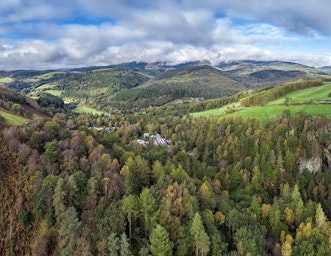
Wild Wellbeing – Rustic bench making
9th September 2024Study at CAT: Our Postgraduate Courses
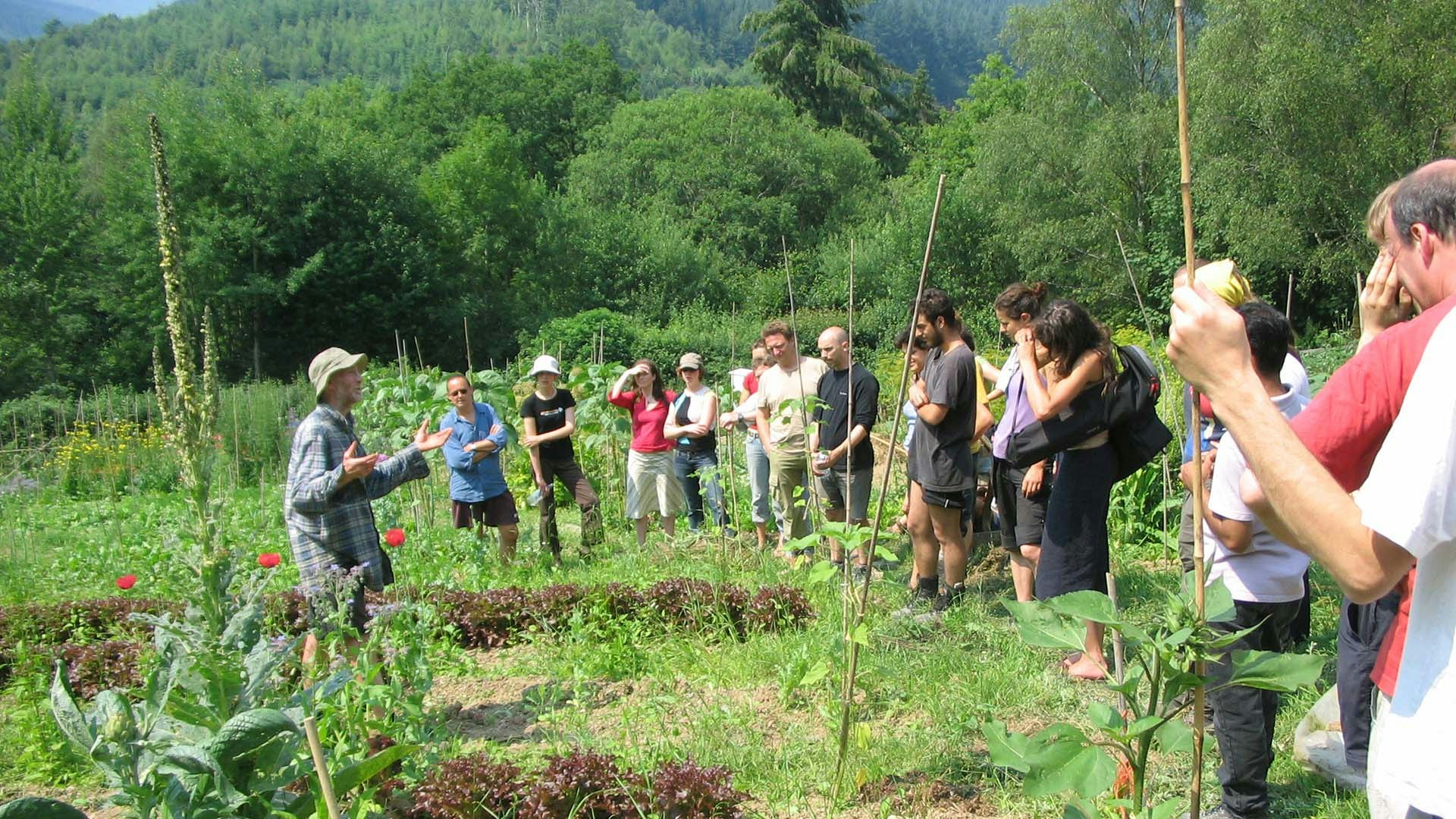

Did you know we are a Charity?
If you have found our Free Information Service useful, why not read more about ways you can support CAT, or make a donation.
Email Sign Up
Keep up to date with all the latest activities, events and online resources by signing up to our emails and following us on social media. And if you'd like to get involved and support our work, we'd love to welcome you as a CAT member.
